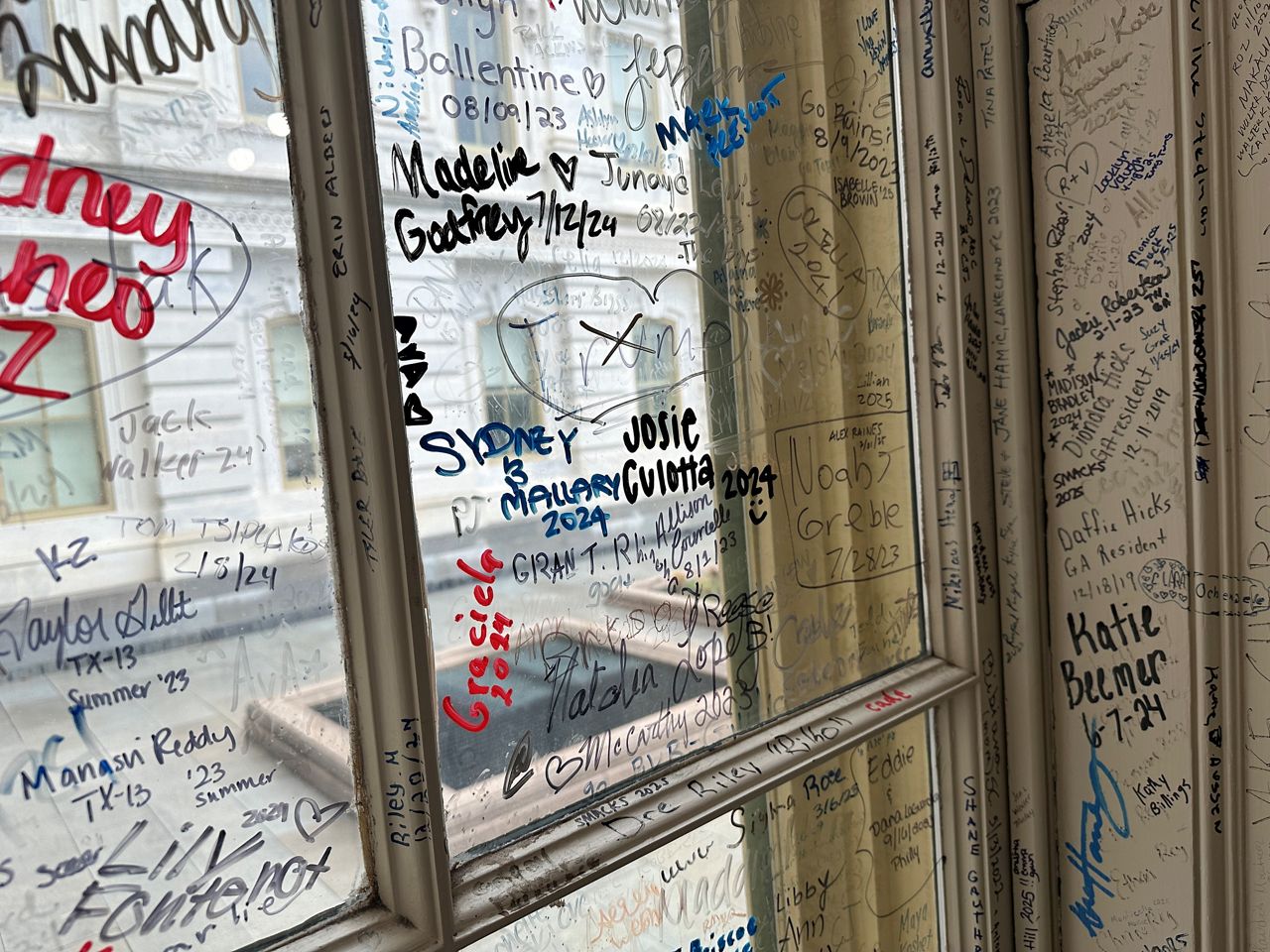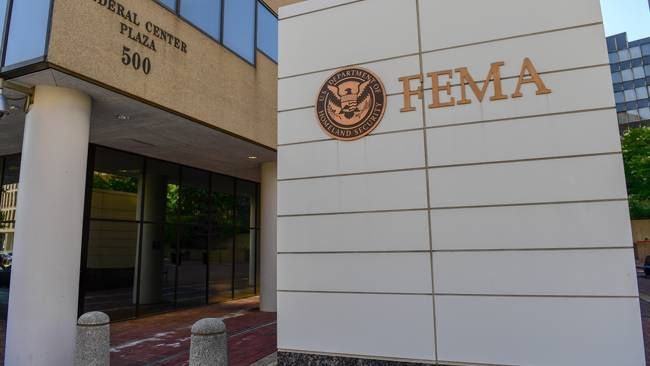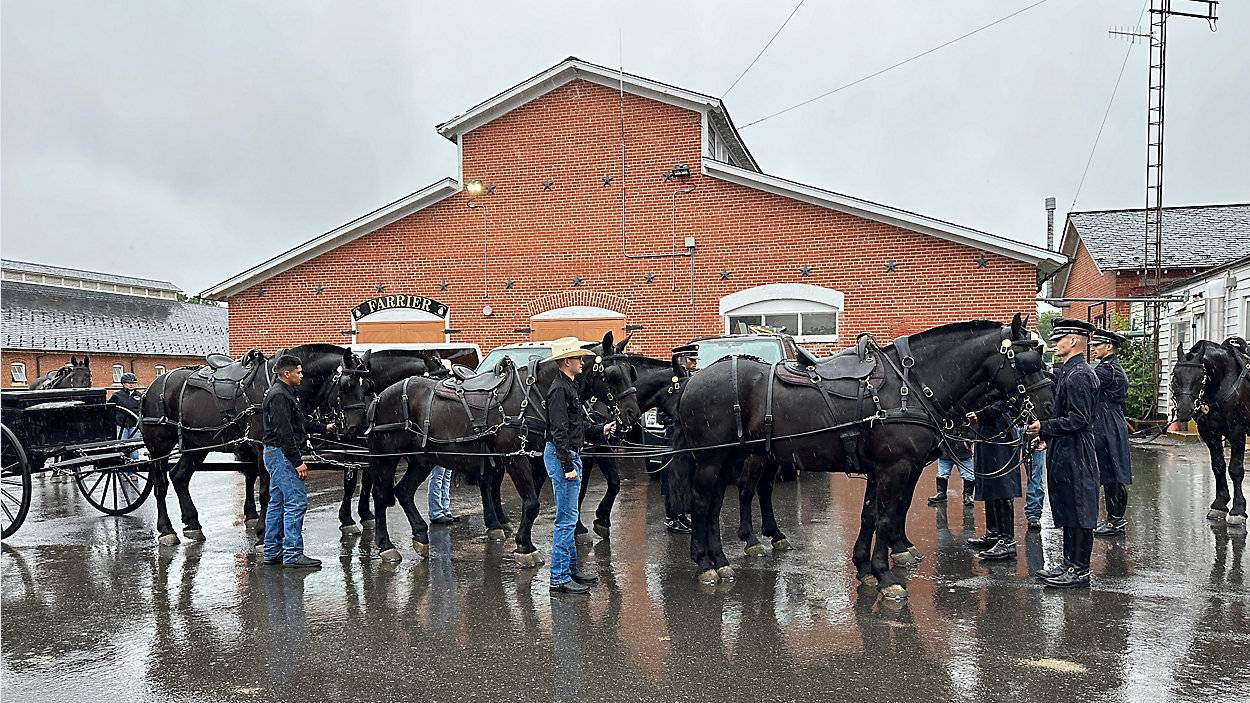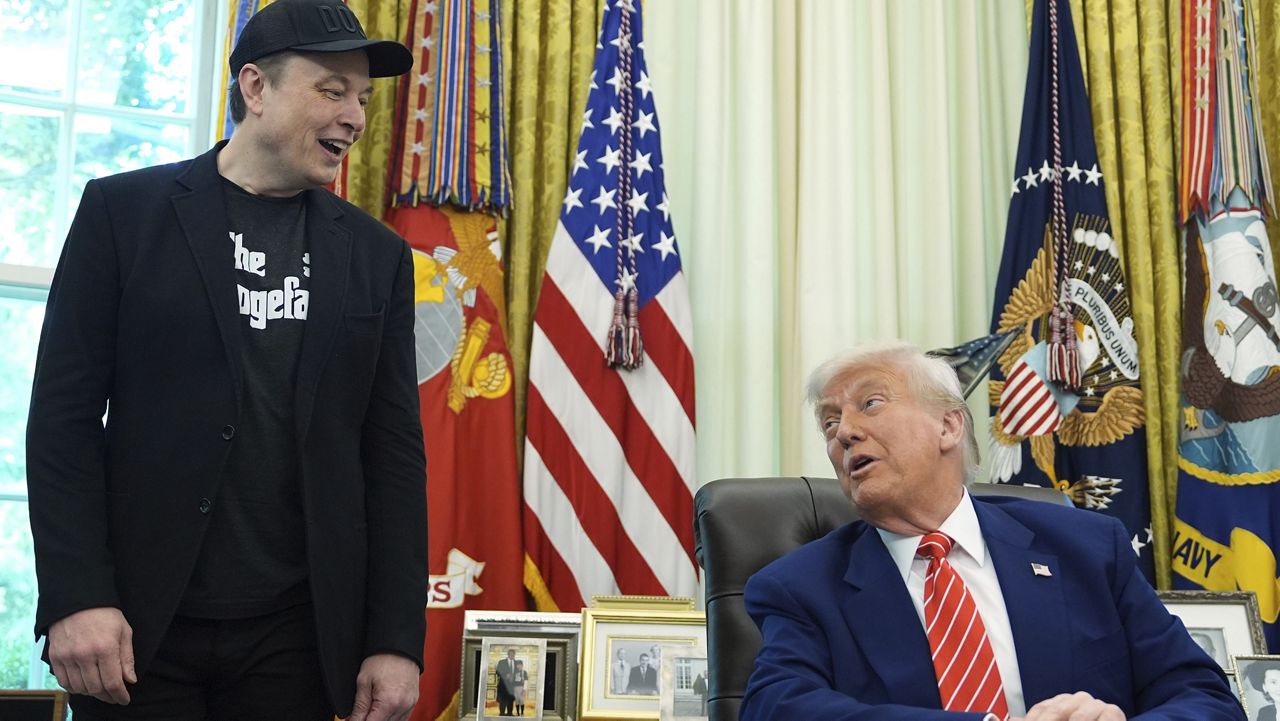A video posted by a North Carolina member of Congress is gaining a lot of attention online.
“Totally unexpected. We get a few thousand viewers of the weekly update every week, and we do everything on constituent services to what we’ve taken up. And this one has really gone viral,” Republican U.S. Rep. Tim Moore said. “I think it just was a reflection of the public’s interest in this type of thing."
This month, Moore posted a video of him talking about a little-known staircase, hidden from public view, in the U.S. Capitol.
The stairwell is located off the Capitol’s Statuary Hall, down a hallway from the Lincoln Room in the Majority Whip’s Office, in a nondescript alcove.
The carpeting looks like a relic, but take a closer look, and there’s a hatch that reveals the staircase.
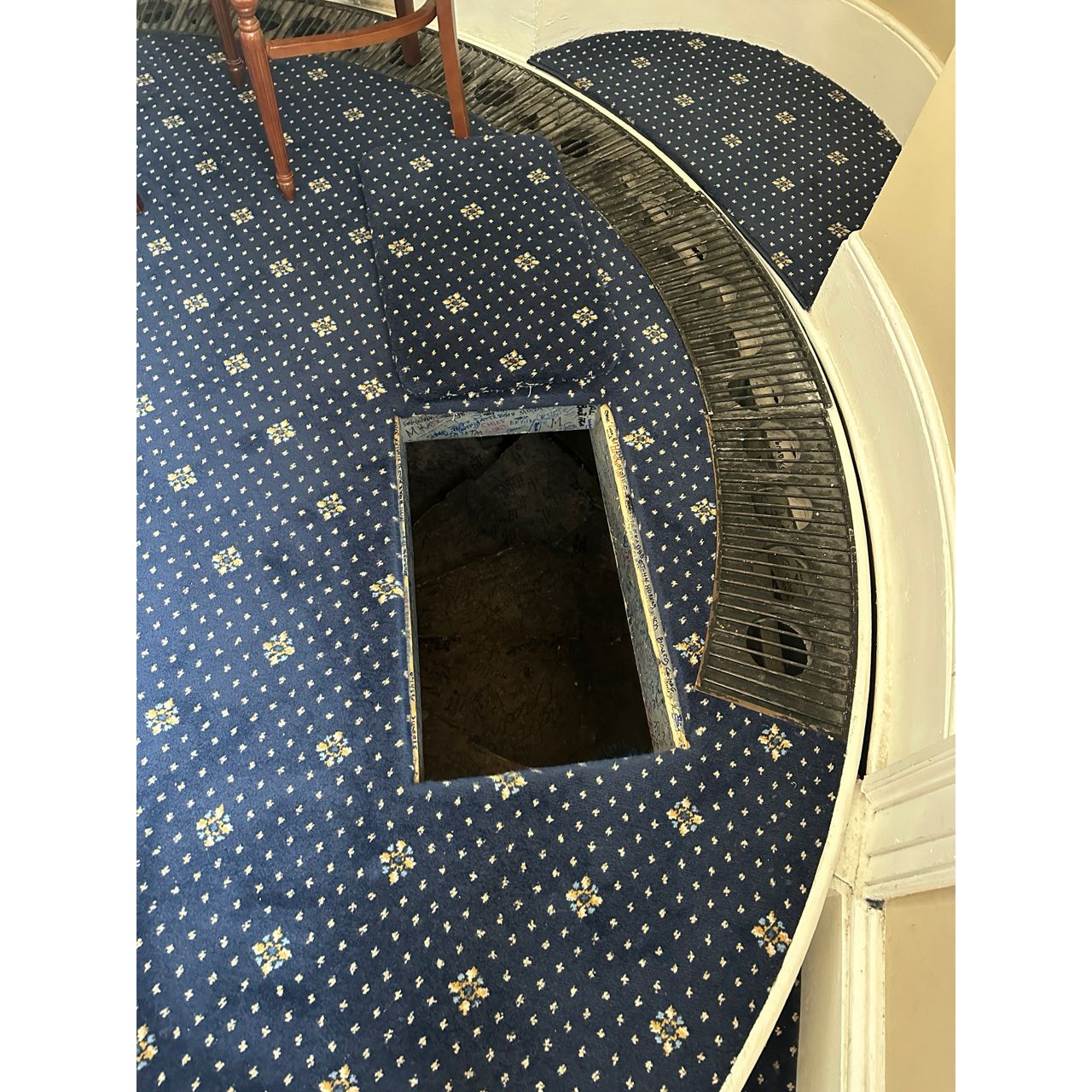
The stairs spiral down into a dead end and a lone window, casting a ray of light.
The stairwell used to be the public entrance for those observing the House chamber in the U.S. Capitol, but it also received some unwelcome guests.
“That door from the outside is the way the British got into the building to burn the building [Capitol] in 1814,” said U.S. Capitol Historical Society Public Historian Steve Livengood.
When the capitol was rebuilt, the entrance remained.
Today, security to get inside the Capitol is a lot tighter, although as Livengood reminded us it hasn’t been tight for that long.
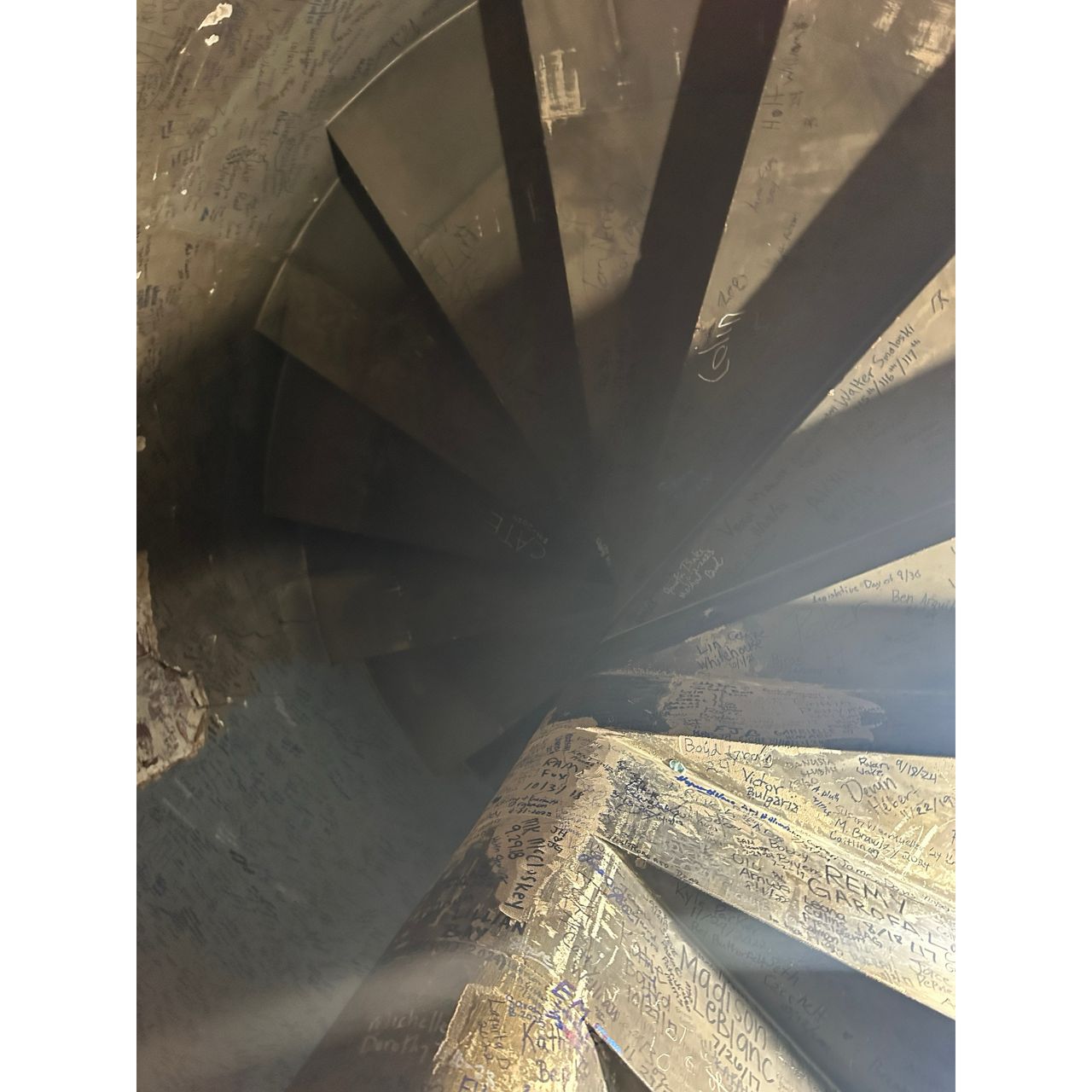
“I came here in '64. At that time the Capitol policemen were all law students, and they sat and read their law books at the doors, and people just walked in and out. And they were only there to call on if you needed them,” Livengood said.
Livengood said the once public stairwell was sealed up in the 1850s, and a hatch now sits atop it, serving as a unique stop for a select group of visitors.
There are hundreds of names inscribed on the stairs, on the walls and next to some of the names are little messages and dates of when they were written. Many of the names were inscribed in recent years.
The stairwell isn’t the only secret in the U.S. Capitol.
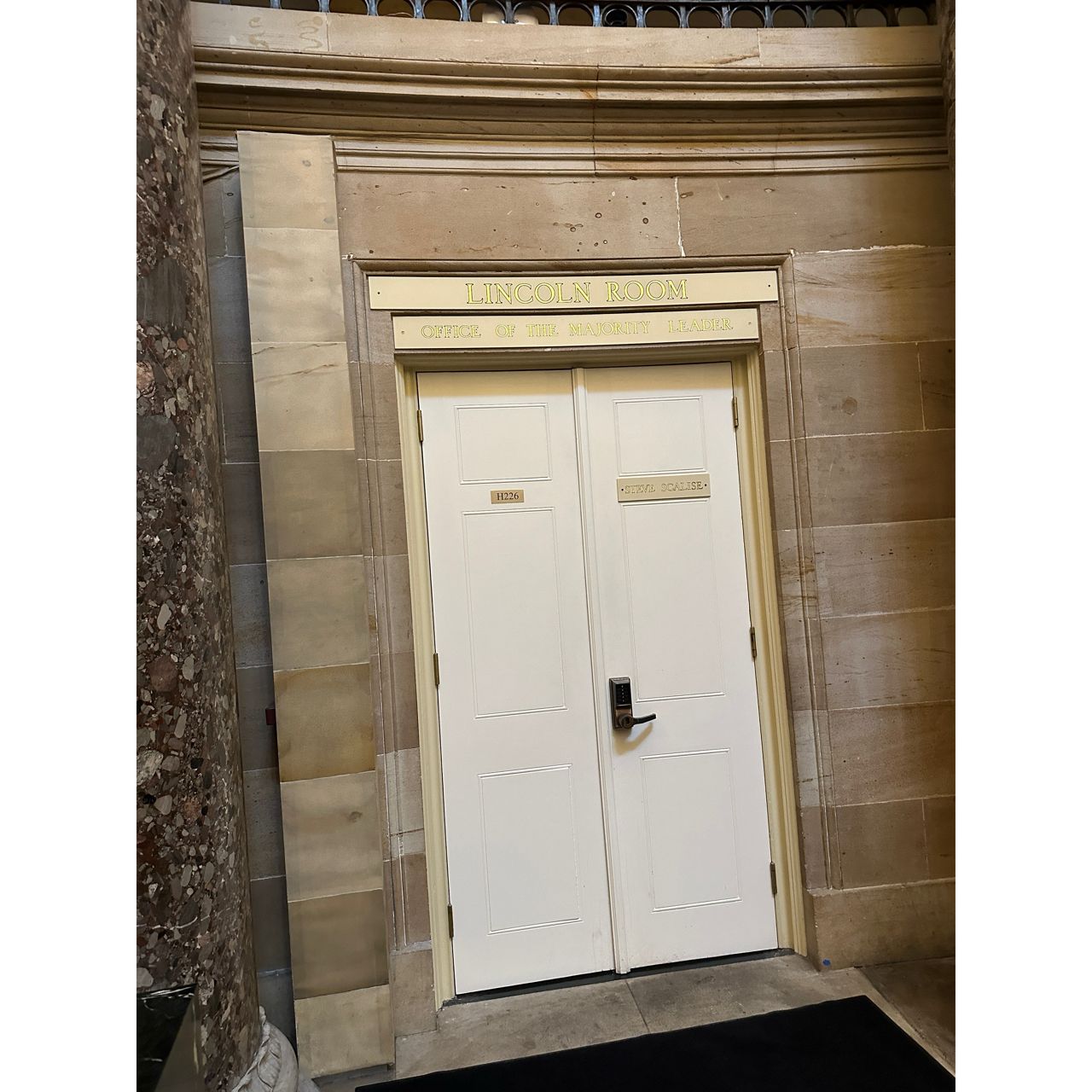
In 1936, marble bathtubs were discovered in the caverns of the Capitol that were used in the Senate in the 1800s, a time when bathtubs had only just come into general use.
And there used to be a conveyor belt that ran underground from the Capitol to the Library of Congress that transported books.
“The library had an office on the other end of the conveyor belt, and so it went all across the parking lot. But they had to take it out because that’s where they built the visitor’s center,” Livengood said.
When asked if he thought whether there are secrets not yet discovered, Livengood said: “Well, somebody knows them. Once in a while they come out.”
